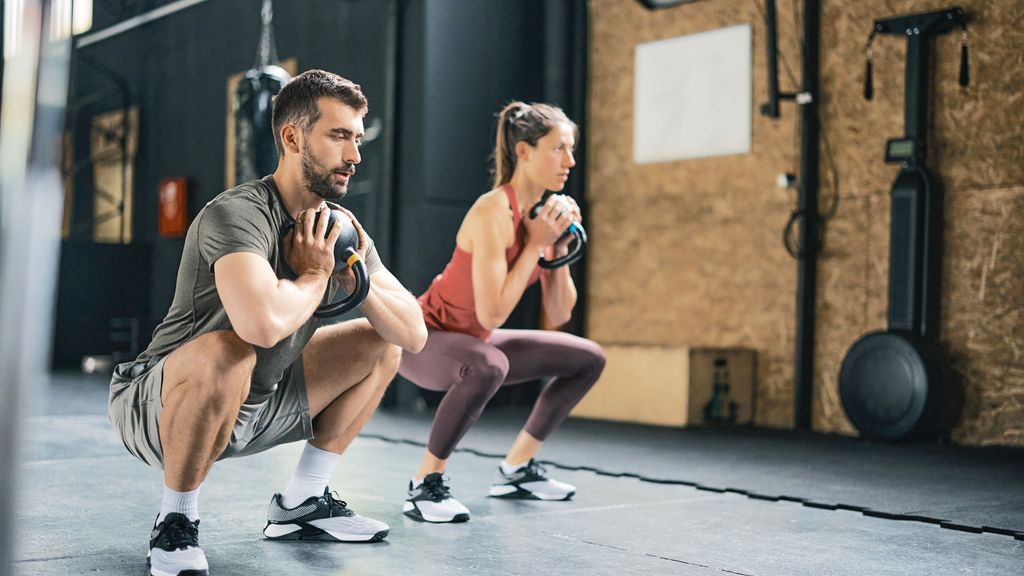Insightful Bytes
Your daily dose of informative news and inspiring insights.
Functional Fitness: Train Like You Mean It!
Unlock your potential with Functional Fitness! Discover effective workouts that transform your strength and stamina for real-life results!
Understanding Functional Fitness: Why It Matters for Everyday Life
Understanding Functional Fitness is essential for improving your overall quality of life, as it emphasizes exercises that mimic everyday movements. Unlike traditional workouts that often isolate specific muscle groups, functional fitness focuses on training the body to perform daily activities more effectively. This can include bending, lifting, pushing, and pulling. By engaging in functional fitness, individuals can enhance their strength, balance, and mobility, making everyday tasks easier and reducing the risk of injury.
The benefits of functional fitness extend far beyond the gym. It contributes to better posture, increased flexibility, and improved coordination, all of which play vital roles in maintaining a healthy lifestyle as we age. Incorporating functional exercises, such as squats, lunges, and planks, into your routine not only prepares your body for the physical demands of life but also boosts mental well-being by fostering a sense of accomplishment and progress. Ultimately, understanding and integrating functional fitness into your life is a step toward becoming stronger and more resilient in everyday challenges.

Top 5 Functional Fitness Exercises for Beginners
If you're new to fitness, incorporating functional fitness exercises into your routine is a great way to build strength and improve your overall movement patterns. Functional fitness focuses on exercises that mimic everyday activities, helping to enhance your ability to perform daily tasks with ease. Here are the top 5 functional fitness exercises for beginners:
- Squats: This foundational exercise targets your quads, hamstrings, and glutes, mimicking the motion of sitting down and standing up.
- Push-ups: A classic upper body exercise that engages the chest, shoulders, and core, helping to improve your pressing strength.
- Deadlifts: This exercise emphasizes proper lifting mechanics and works several major muscle groups, making it essential for functional strength.
- Lunges: Lunges improve balance and coordination while strengthening the legs and glutes, which are vital for walking and climbing stairs.
- Planks: An excellent way to build core stability, planks engage multiple muscle groups and help protect your lower back.
How to Create a Balanced Functional Fitness Routine
Creating a balanced functional fitness routine is essential for improving your overall physical health and performance in daily activities. Start by assessing your current fitness level and identifying specific goals. Your routine should include a mix of strength training, cardiovascular exercises, flexibility work, and mobility drills. A well-rounded approach not only enhances your ability to perform everyday tasks but also reduces the risk of injury. Consider incorporating exercises such as squats, lunges, push-ups, and core stability movements to ensure all major muscle groups are engaged.
To maintain consistency and motivation, set a schedule that reflects your lifestyle. Aim to include functional movements at least three to four times a week. You can structure your sessions as follows:
- Warm-Up: Start with dynamic stretches to prepare your body.
- Strength Training: Focus on compound exercises like deadlifts or kettlebell swings.
- Cardio: Incorporate shorter bursts of high-intensity interval training (HIIT) or steady-state cardio.
- Cool Down: Finish with static stretching to enhance flexibility.
By creating a diverse and engaging functional fitness routine, you'll enjoy better physical performance and a more active lifestyle.